Six Triple Eight: The pioneering black women who made US military history
A group of extraordinary predominantly black women, whose vital morale-boosting contribution during the Second World War was overlooked in the US, are finally receiving the recognition they deserve.
More than three-quarters of a century after the unit was disbanded, the women of 6888th Central Postal Directory Battalion – the only predominantly black, all-female unit serving overseas during the Second World War – are having their story brought to the forefront.
With the motto No Mail, Low Morale, the women of the 6888th – nicknamed Six Triple Eight – were tasked in 1945 to sort about 17 million items of mail that had been sitting in rat-infested warehouses in the UK for a couple of years.
Who led Six Triple Eight?
These women, led by their pioneering commander, Major Charity Adams, set up a three-shift pattern and processed about 65,000 items of mail and packages per shift for three months in an around-the-clock operation.
Their extraordinary story of determination in the face of adversity will be heralded in a new Netflix film released in December 2024 directed by Tyler Perry and starring Kerry Washington and Oprah, plus a new musical being executive-produced by Tony Award nominee Blair Underwood.
The theatrical show will highlight the battalion's love and dedication to a country that "did not always love them back".
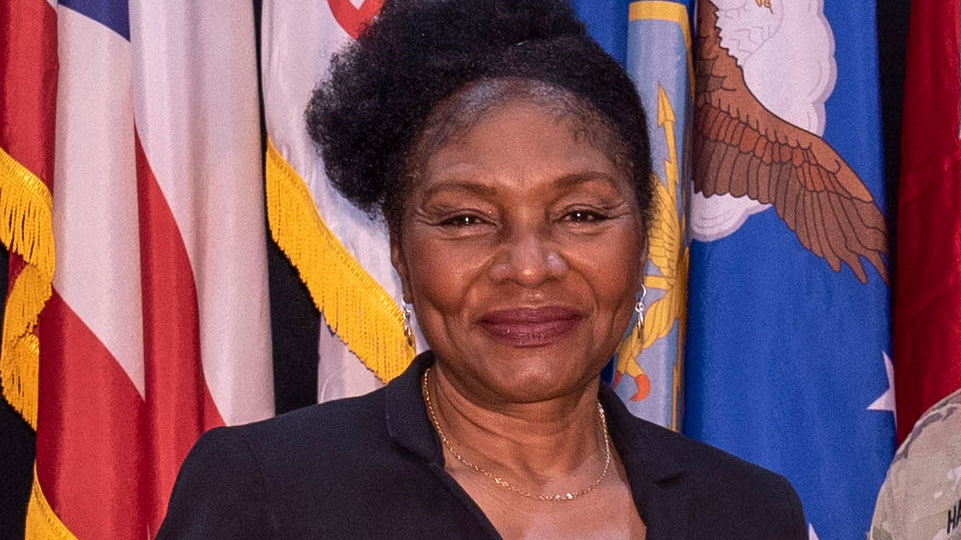
Who were the Six Triple Eight?
Historical adviser and retired US Army Colonel Edna Cummings is part of a determined group of people committed to seeing these veterans get the respect they deserve.
She said: "With the Six Triple Eight, 85% of those women were either college graduates or ex-schoolteachers or had some college education, so they were above the national literacy and educational levels in the US.
"So this unit forms, 855 black women – not all African American, because women from Puerto Rico, the Caribbean... joined this unit from all over the United States and territories to serve overseas in an unknown mission."
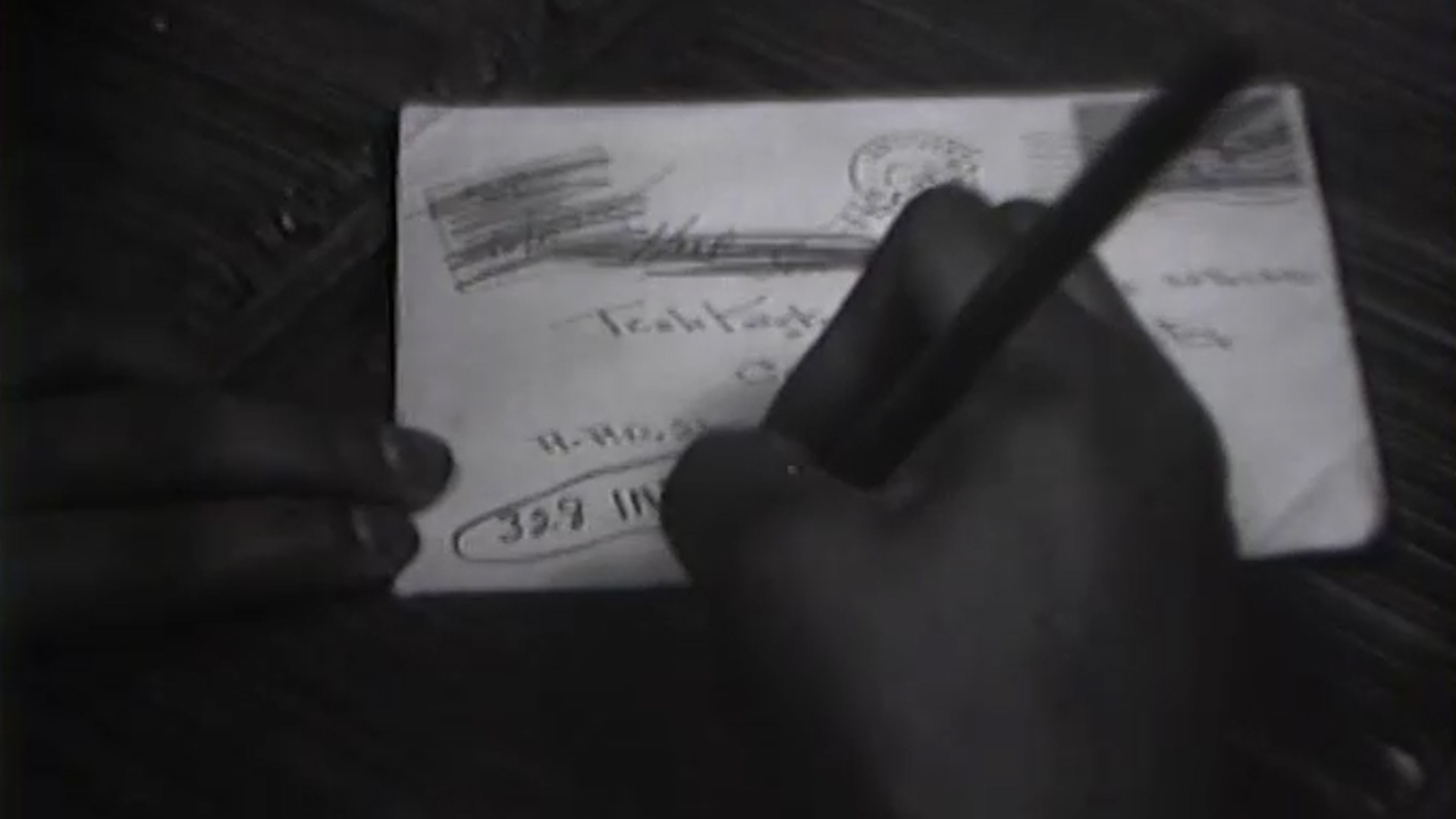
During the Second World War, maintaining contact with loved ones was essential for morale, just as it is today.
However, unlike the present era where people can easily communicate with each other through the internet, the only option during WW2 was a simple letter to maintain that important connection.
But despite Allied success on D-Day, US troop morale was low due to the soldiers not receiving any letters from their families.
No Mail, Low Morale
Getting letters and packages to the troops had been halted to divert essential resources to the frontline and to ensure vital locations remained a secret.
However, the dip in morale prompted the creation of the 6888th Central Postal Directory Battalion – 832 enlisted members and 31 officers who were proud to go overseas and serve their nation.
But they also made history as they were the first all-black Women's Army Corps unit to be sent to Europe during the Second World War.
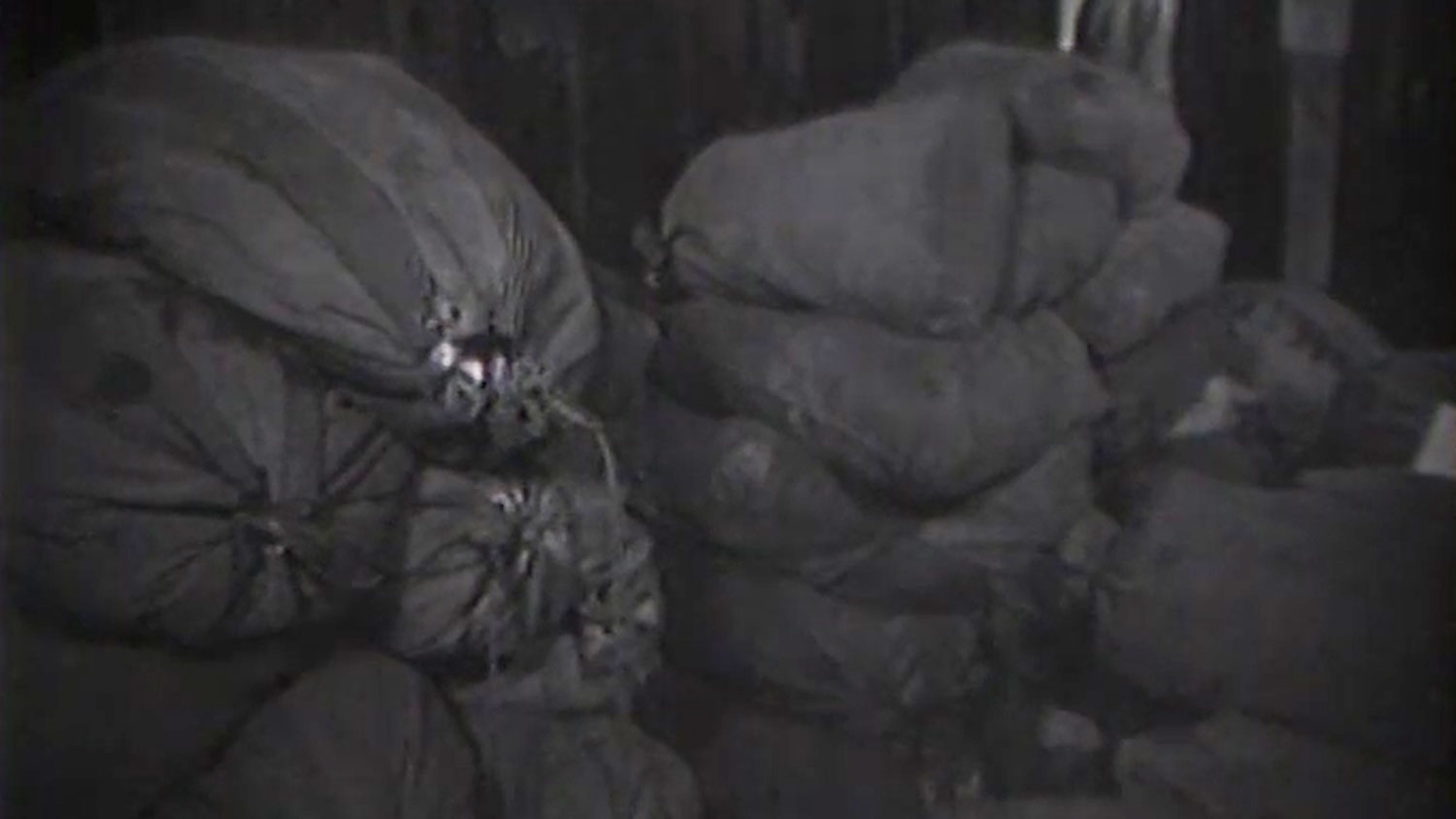
When Major Charity Adams, who by the end of the war was a Lieutenant Colonel and the highest-ranking African American woman in the military, was asked what it felt like to have made history she said: "You don't know you're making history when it's happening – I just wanted to do my job."
Her modest response is something that Col Cummings feels a strong connection to.
The US veteran, who served for nearly 26 years on active and reserve duty, was the first African American woman to receive a commission in the US Army Reserve Officers' Training Corps at Appalachian State University.

She said: "I read about this miraculous group of women who I'd never heard about and that was so frustrating for me.
"The commander's name was Charity Edna Adams and... some of the experiences she had while she was on active duty in the 40s, I shared those experiences.
"So I read her history, but it became my heritage."
Pioneering black women who made history
In 1942, 440 women were the first to attend Fort Des Moines in Iowa – the first and only training site for African American officers during the First World War, and the first training site for the Women's Army Auxiliary Corps (WAAC) and Women's Army Corps (WAC) in the Second World War.
The class had a racial quota set at 10% for black women, and so 40 black women were selected, of whom 36 graduated.
That same year, Charity Adams, who had been a triple major at Wilberforce University in Mathematics, Latin and Physics, became the first African American woman to become a commissioned officer in the WAAC.

The Second World War saw several units of white female personnel sent overseas, but black women were not afforded the same opportunities until First Lady Eleanor Roosevelt and civil rights activist Doctor Mary McLeod Bethune advocated for them to serve.
However it wasn't until mid-1944 that the recruitment effort started for black women to serve overseas.
Col Cummings has spoken to some of the surviving veterans about their reaction to joining the armed forces.
She said they weren't hesitant to join and many saw it as a great opportunity to serve their country and experience going overseas.
Col Cummings said: "It's kind of like being on an athletic team, not to minimalize the importance of serving, but you want to be on... the team that travels.
"I mean that's the A-Team.
"And so just the opportunity to break those stereotypes as a woman because the military was segregated by race and gender, then as an African American... it was just a phenomenal opportunity.
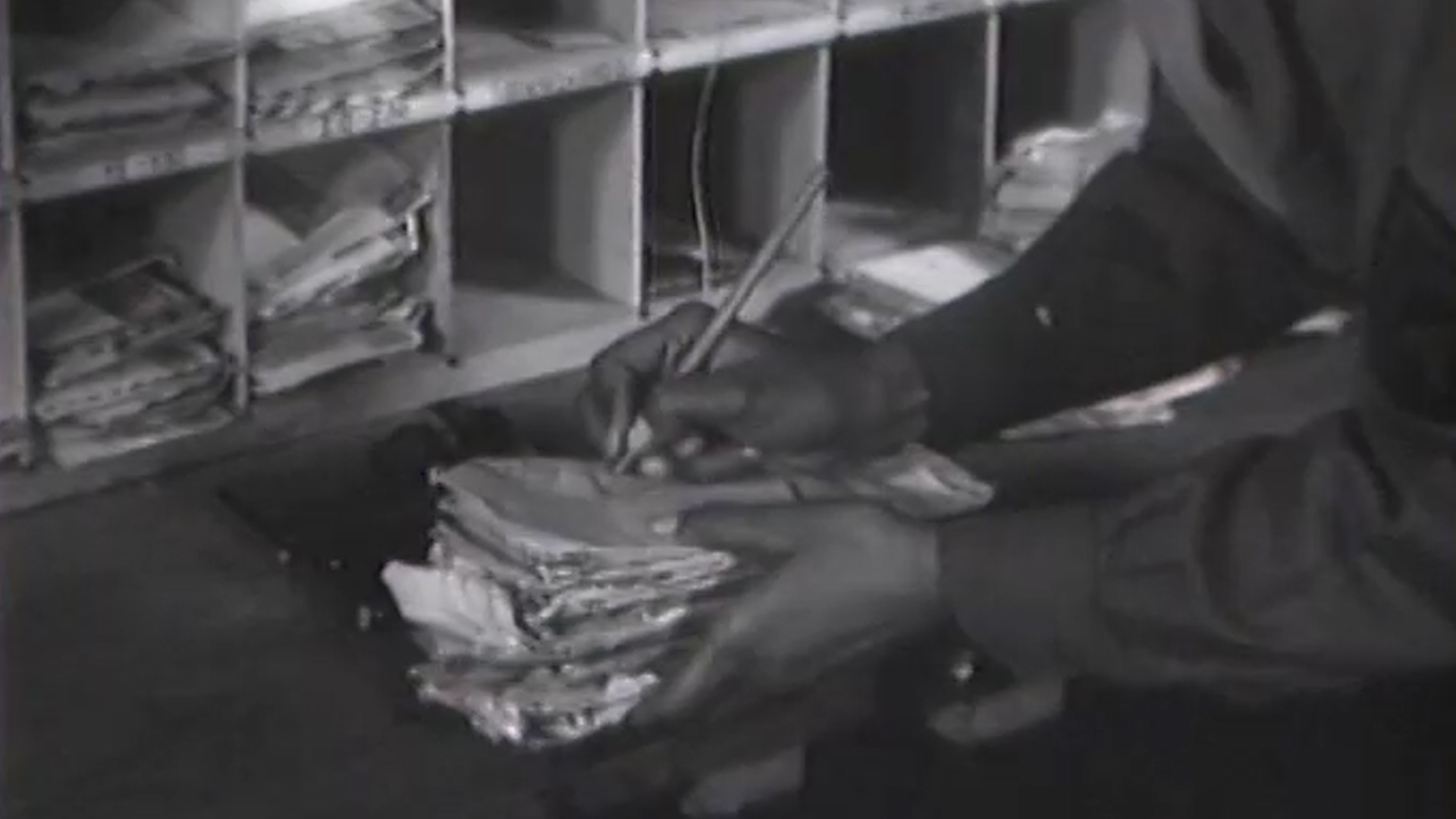
"And what's interesting about women on active duty during that time, all of the women had to have high school diplomas, but the men did not."
This was not the only discrimination these women faced.
Standing up for their right to serve
It took three years after the Second World War, a time when black and white American troops fought together to defend freedom and democracy in Europe, for the US military to be desegregated.
Up until July 1948, black service personnel were separated from their white counterparts in the US military due to Jim Crow laws which enforced racial segregation in both civilian and military life.
So black women who wanted to serve not only faced sexism and discrimination in their civilian lives, but also in the armed forces.
Those wanting to join the US military had to apply at post offices, and many black women were turned away simply because of their race.
Those who persisted and were still willing to fight for their country, despite segregation and prejudice, weren't spared racist vitriol.

Col Cummings spoke to a member of the Six Triple Eight who, while in uniform in the US, was spat on.
She said: "There was a challenge to get the black women who wanted to serve overseas meaningful roles.
"Black women in the US who were in uniform were being arrested, court-martialled.
"I talked to one lady [who] was spat at because people could not comprehend that black women could serve, and it was just by the colour of your skin."
African Americans in uniform were simultaneously fighting for the freedom of people overseas and demanding to be treated with respect at home.
Six Triple Eight's role in the Civil Rights Movement
Col Cummings believes Six Triple Eight and their mission in Europe played a role in the Civil Rights Movement.
She said: "Few people ever talk about the black women in uniform who were part of that effort to stand up for civil rights.
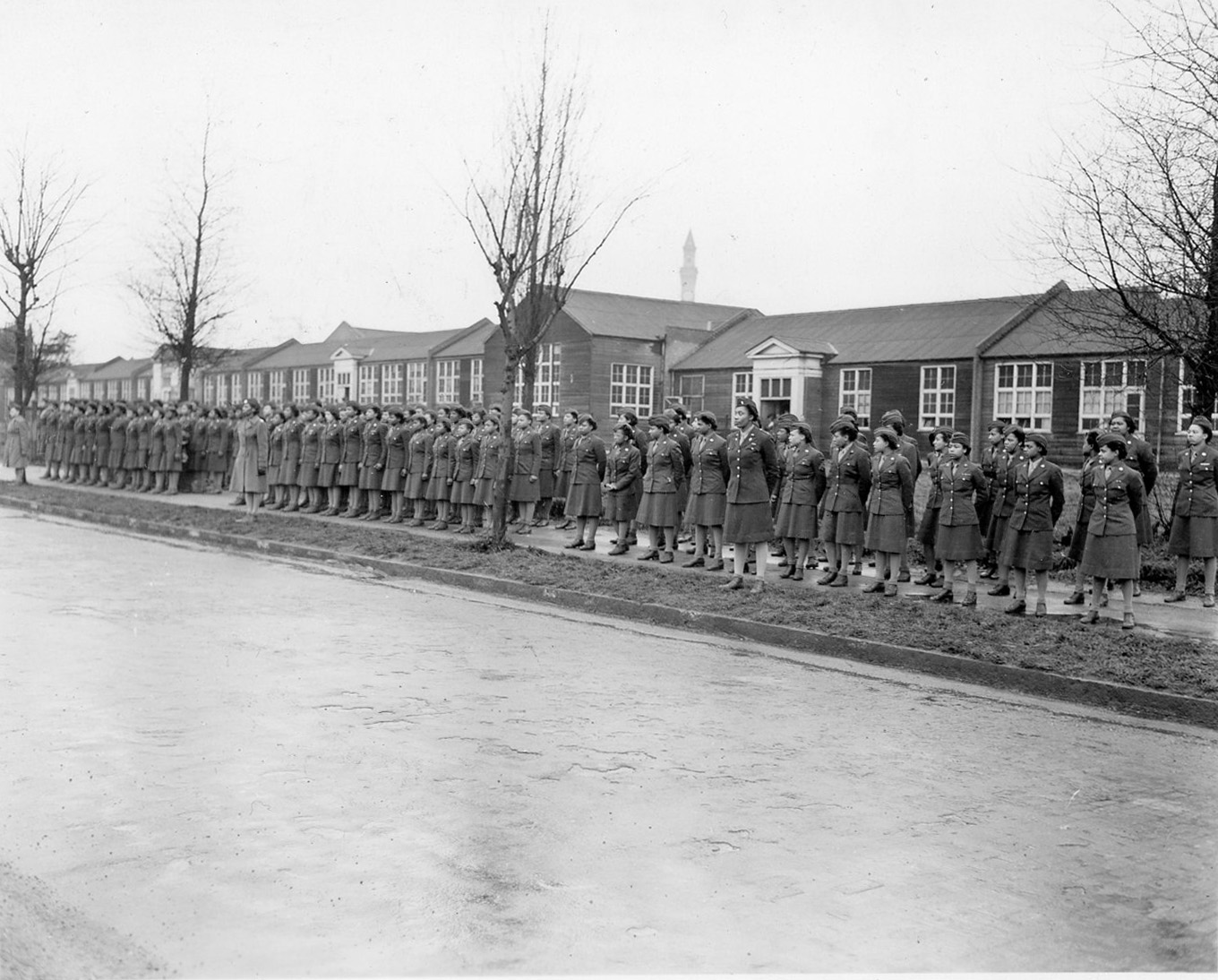
"Black women had the opportunity to go overseas and I like to think that the mission was larger than mail because they were hand-picked, they were college-educated.
"85% sharp women – they underwent psychological testing, specialised training at Fort Oglethorpe, Georgia, for two weeks before they could go overseas."
While faced with prejudice and hatred at home, Six Triple Eight felt loved and appreciated by the people living around them in Birmingham in the UK.
Finally free from prejudice
Over the years, Col Cummings has spoken to many women who "loved being overseas" because the residents of Birmingham would invite the women over for tea on weekends plus they got the chance to go to Paris and enjoy freedoms and liberties they did not have in the US.
She said: "I think that was a source of empowerment because you come from an environment that puts constraints on you because of your race and then you go someplace else and you're welcome and shown so much love and respect and appreciation, you have a taste of freedom and it's hard to go back.
"That's what that entire generation did, not just the Six Triple Eight.
"Then three years later in 1948 President Truman was made aware of how these black veterans were being treated and the blinding of Isaac Woodard prompted him to do three things."
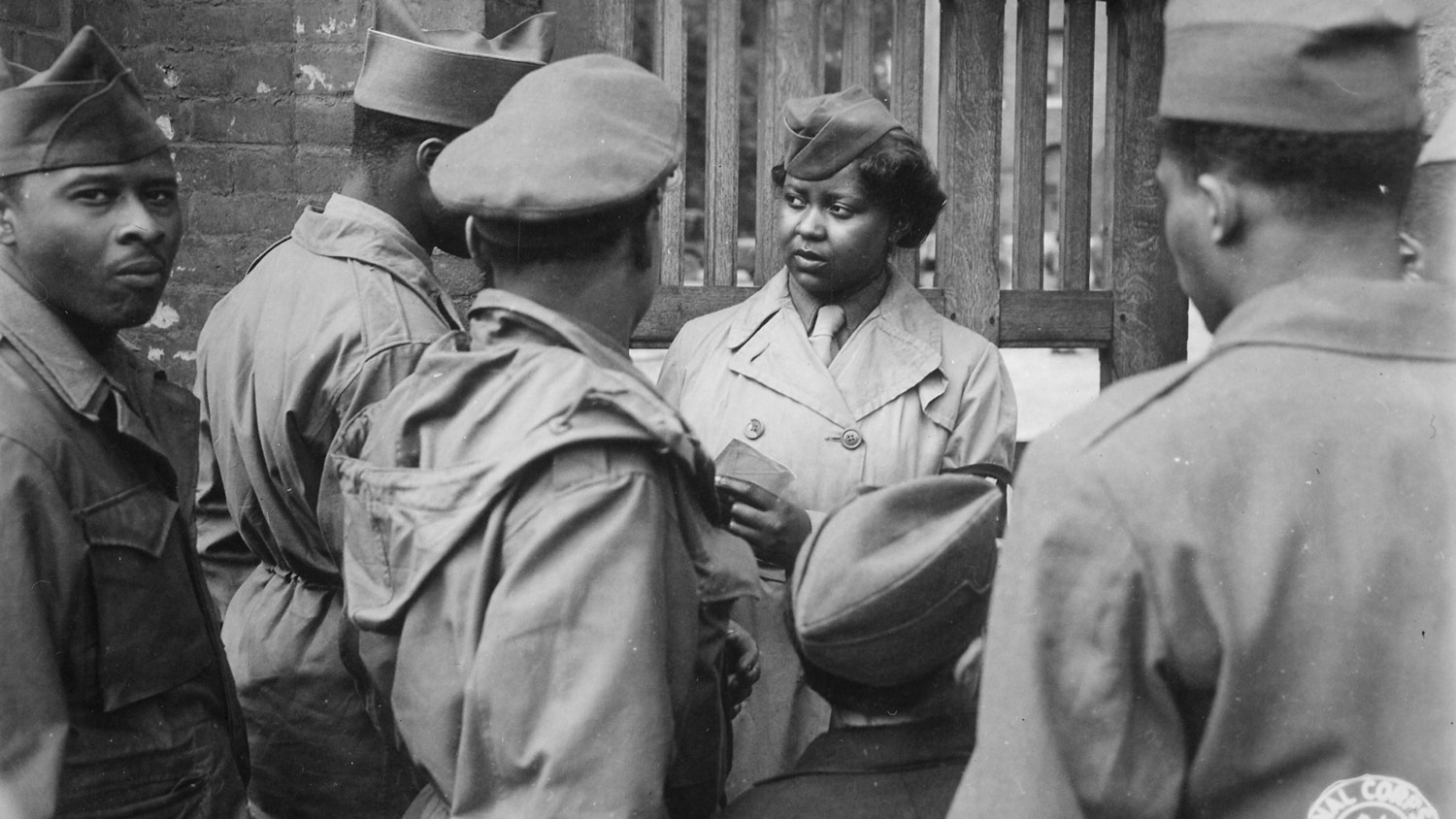
In February 1946, US Army Sergeant Isaac Woodard, who had just been honorably discharged from the US Army and was still wearing his uniform, was riding a bus home after serving overseas.
For asking to be treated with respect after the driver called him 'boy', Sgt Woodward was beaten so badly by the local chief of police that he was left unconscious and permanently blind.
This violent act on someone who had just served his country started a domino effect and prompted the President to set into law three important pieces of legislation.
In June 1948, thanks to the Women's Service Integration Act, women became a permanent part of the military.
Then in July of the same year the President desegregated the military and the federal workforce.
Col Cummings said: "You have the Six Triple Eight, the 320th Balloon Barrage Brigade, the Red Ball Express, the Tuskegee Airmen, the Montford Point Marines and all of these black units who proved that if given the training and opportunity – the operative term is 'opportunity'... you can see they perform with their peers and some exceeded what was expected of them."
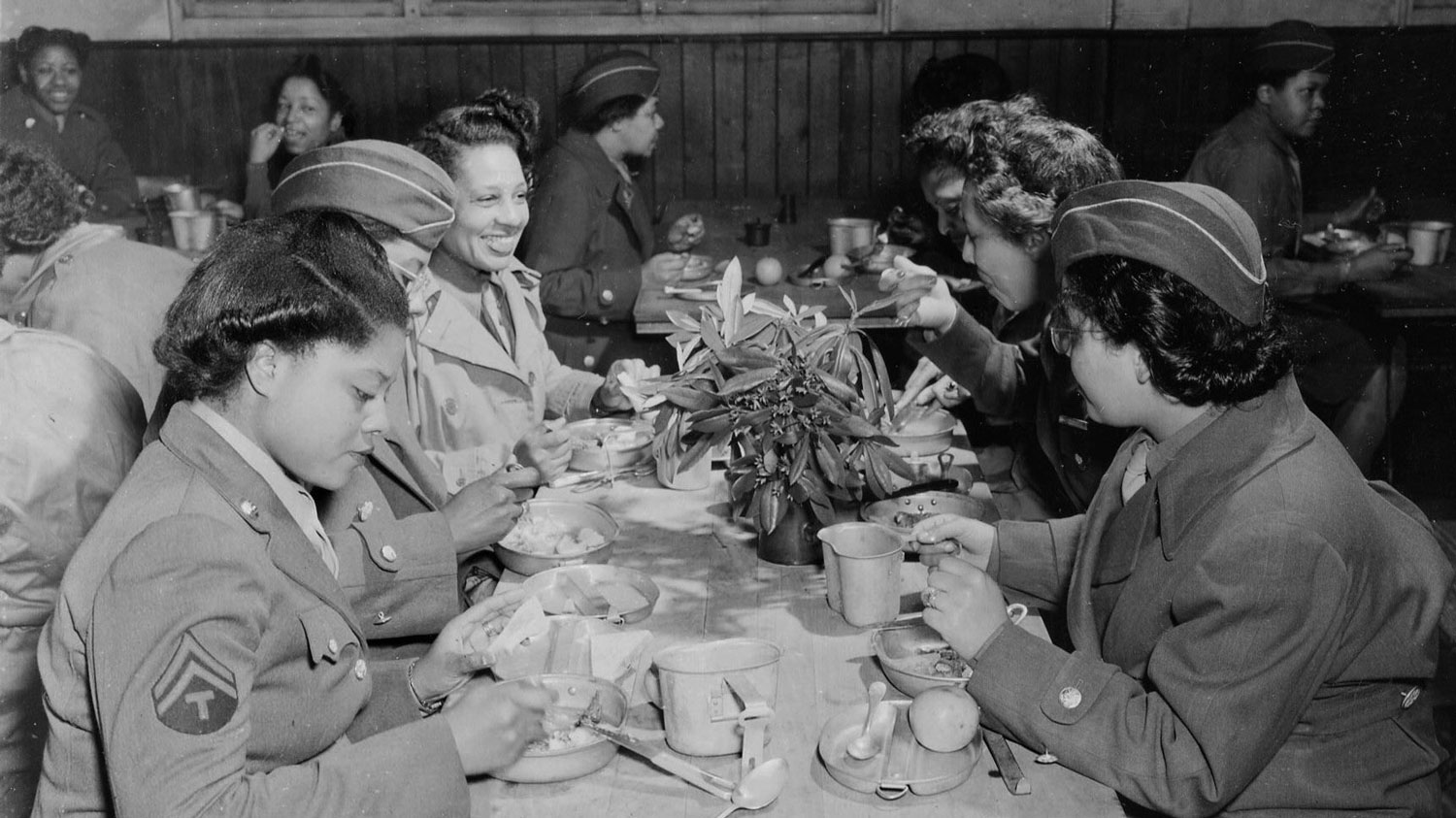
7,000 Robert Smiths
The mammoth task the Six Triple Eight faced was made even more difficult due to the literacy levels in the US at the time.
Some of the letters would simply be addressed to 'Junior' or 'Buster', popular nicknames of the era.
These bright women – ranging from 21 to 51 – would have to open each letter and use context and other clues to try to match each 'Buster' with the locator cards on file.
Col Cummings said: "Some of the troops had common names – 7,000 Robert Smiths – so just imagine, not only do you have to go through these mountains of mail and you're doing detective work and then trying to locate the right person for the mail."
The women from Six Triple Eight lived and worked in Sutton Coldfield in Birmingham, the hub of the US military's mail operations.
They set up operations at King Edwards School and were completely self-sufficient.
With little support from the US Army, these women created a hub of their own.
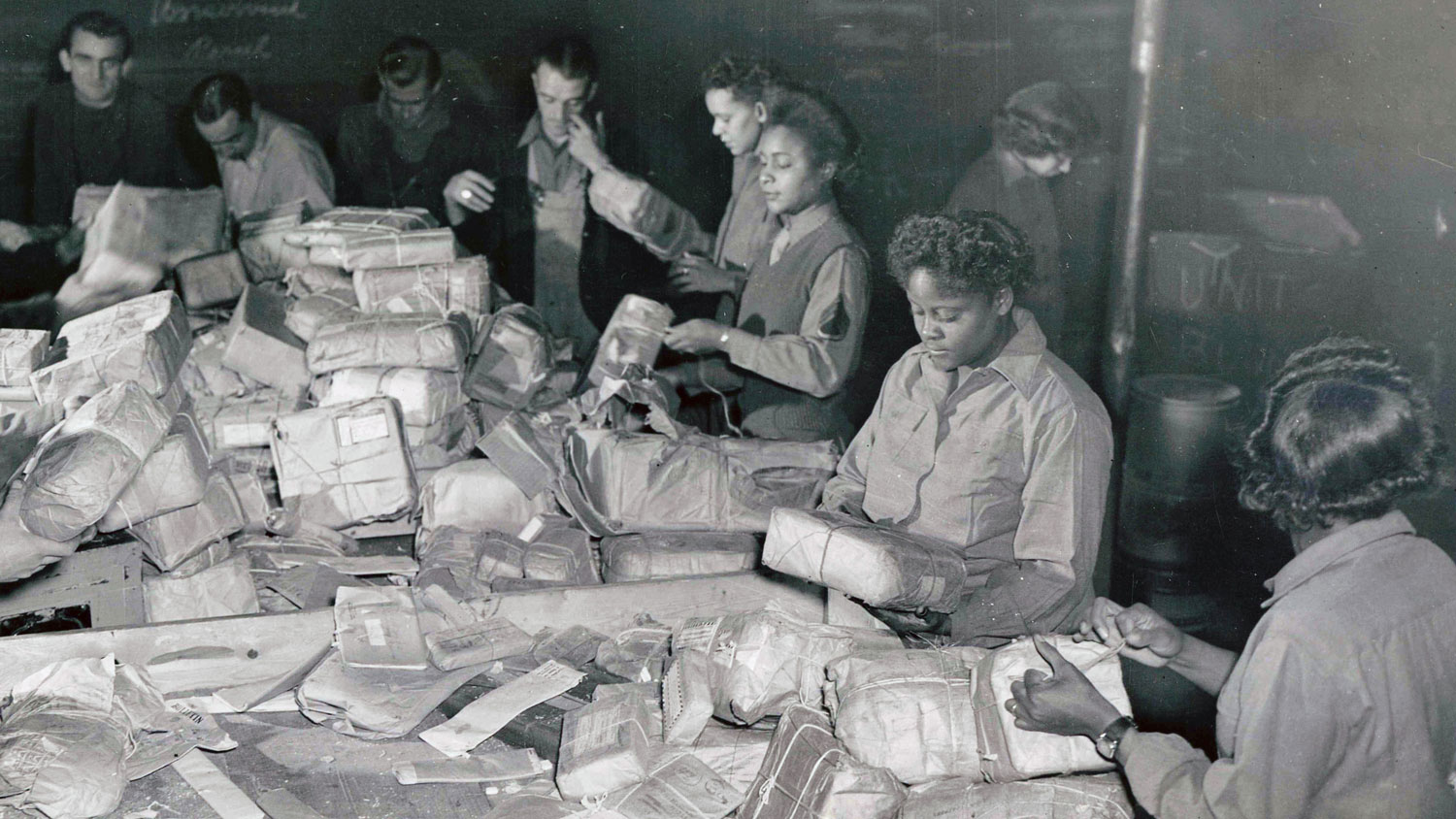
Under the command of Major Adams, and with the help of her Executive Officer, Abbie Noel Campbell, the women of Six Triple Eight were divided into groups that would take on different tasks.
Col Cummings said: "They come to this war-torn country with little support from the military.
"Charity Adams had to come in and decide who can work mail, who can run the beauty parlour, the hair salon, who can cook food, who can operate and repair vehicles.
"So she had to task-organise these women to maintain her own operations, to be self-sufficient, maintain their morale."
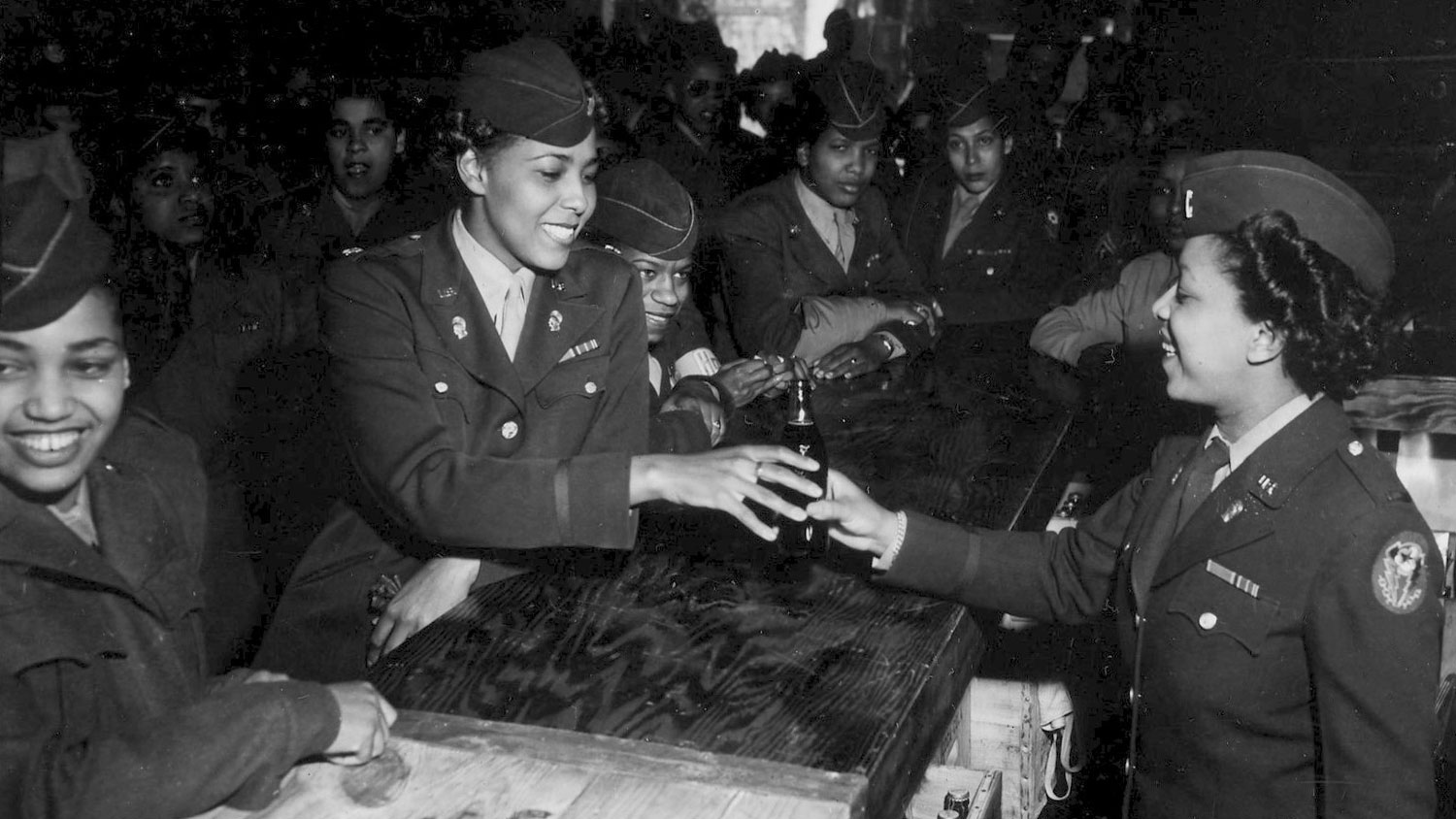
However, with roughly 10 warehouses and aircraft hangars stacked from floor to ceiling with mail, the women of Six Triple Eight had their work cut out to complete the task in the six-month period they were given.
Six Triple Eight receive Congressional Gold Medal
Their hard work was honoured in March 2022 by President Joe Biden when he presented the 6888th Battalion with the Congressional Gold Medal – the US Congress' "highest expression of national appreciation for distinguished achievements and contributions by individuals or institutions".
The Six Triple Eight is the only military women's unit to receive a Congressional Gold Medal.
Col Cummings gave framed, signed copies of the legislation that awarded the Congressional Gold Medal to the surviving members of the Six Triple Eight.
She said: "What I really like about the Congressional process, it is bipartisan. Politics, it can be kind of confrontational at times, but I'd like to think that the Six Triple Eight brought the nation together for a moment because we had to get consensus.... they had to agree that this is right for America."
President Biden also signed legislation for a post office in in Buffalo, New York, to be renamed after Six Triple Eight veteran Indiana Hunt-Martin.
Who kept the memory of Six Triple Eight's achievements alive?
While black men and women were serving their country overseas, the mainstream media in the US didn't cover or chronicle their activities.
But the black press did.
The Pittsburgh Courier had the Double Victory campaign – victory abroad for democracy, and victory at home for justice and equal treatment.
The Afro-American newspaper had seven war correspondents during the Second World War.
Publisher Carl J Murphy's daughter Vashti Murphy was in the Six Triple Eight, so wrote articles chronicling their time, ensuring the women's efforts, overshadowed by their white counterparts' contribution, are never forgotten.









